The Grand Scale of Choice – Navigating the World of 120×60 Tiles
In the vast and ever-evolving landscape of interior design and construction, few elements make as profound an impact as flooring and wall coverings. Among the myriad options available, large-format tiles, particularly those measuring a commanding 120×60 cm, have emerged as a dominant trend. Their expansive size offers a sense of grandeur, reduces grout lines for a seamless look, and can visually enlarge a space, making them a favorite for contemporary homes, commercial establishments, and luxury renovations. However, as you embark on the journey of selecting these impressive tiles, a critical distinction quickly arises: are you opting for porcelain or non-porcelain? This isn’t merely a matter of material; it’s a fundamental decision that will dictate the tile’s performance, durability, longevity, and even its aesthetic nuances, particularly when considering the popular choices of matte vs. glossy finishes.
This comprehensive technical buyer’s guide is designed to demystify the differences between 120×60 porcelain and non-porcelain tiles. We will delve deep into their manufacturing processes, inherent properties, performance characteristics, and ideal applications. Our goal is to equip you with the knowledge necessary to make an informed decision, ensuring that your investment in these large-format tiles is not only aesthetically pleasing but also perfectly suited to the demands of your specific project. Whether you’re renovating a bathroom, revamping a kitchen, or designing a high-traffic commercial space, understanding the nuances of porcelain vs. non-porcelain, and how this impacts the choice between a sleek glossy finish or a sophisticated matte look, is paramount to achieving both beauty and lasting functionality. Let’s embark on this detailed exploration to ensure your tile selection is a resounding success.
Understanding the Core Difference: What Defines Porcelain?
The distinction between porcelain and non-porcelain tiles, while seemingly simple, lies in a sophisticated combination of raw materials, manufacturing processes, and the resulting physical properties. At its heart, a tile’s designation as “porcelain” is not just a marketing term; it refers to a specific type of ceramic tile that meets stringent industry standards for water absorption.
The Manufacturing Masterpiece: How Porcelain Tiles Are Made
Porcelain tiles are a marvel of modern ceramic engineering. Their creation begins with a finely ground, purified clay – often composed of kaolin, feldspar, and silica – which is significantly denser and less porous than the red or white clays used for non-porcelain ceramic tiles. This particular blend of raw materials is then subjected to immense pressure during the pressing stage, compacting the body to an exceptional density.
Following pressing, the tiles are fired at incredibly high temperatures, often exceeding 1200°C (2200°F), in state-of-the-art kilns. This high-temperature firing, known as vitrification, is the critical process that distinguishes porcelain. During vitrification, the feldspar and other fluxing agents in the clay melt and fill in the microscopic pores, resulting in a tile body that is remarkably dense, hard, and, crucially, almost impervious to water. This vitrification process fundamentally transforms the clay, making it glass-like in its structure and dramatically reducing its porosity.
The Defining Characteristic: Water Absorption Rate (and Why It Matters for 120×60 Tiles)
The most definitive technical criterion for classifying a tile as porcelain is its water absorption rate. According to industry standards (such as ANSI A137.1 in North America), a tile is considered porcelain if its water absorption rate is 0.5% or less. This means that if a dry porcelain tile is left immersed in water for an extended period, it will absorb less than half a percent of its own weight in water.
For large-format 120×60 tiles, this low water absorption is incredibly significant. It directly correlates with several key performance indicators:
- Frost Resistance: In colder climates or outdoor applications, if water seeps into a porous tile and then freezes, it expands, causing the tile to crack or spall. Porcelain’s minimal water absorption makes it inherently frost-resistant, an essential consideration for outdoor patios or unheated spaces where large tiles can create a dramatic statement.
- Stain Resistance: With fewer pores for liquids to penetrate, porcelain tiles are far less susceptible to staining from spills like wine, coffee, or oil. This is a major advantage, especially in kitchens and high-traffic areas where spills are common, ensuring your 120×60 tiles maintain their pristine appearance over time.
- Durability and Longevity: The dense, vitrified body of porcelain tile is incredibly hard and resistant to wear and tear. This makes it an ideal choice for areas experiencing heavy foot traffic, as it can withstand significant abrasion without showing signs of wear. For large formats, this durability ensures the expansive surface remains intact and beautiful for decades.
In essence, the stringent manufacturing process and the resulting low water absorption rate are the cornerstones of porcelain’s superior performance, making it a robust and versatile option for large-format applications.
The World of Non-Porcelain Tiles: Traditional Ceramics
While porcelain represents the apex of ceramic tile technology in terms of density and low water absorption, non-porcelain tiles, often simply referred to as ceramic tiles, have their own distinct characteristics and applications. These tiles have been a staple in construction and design for centuries, offering a vast array of aesthetic possibilities at varying price points.
The Manufacturing Process: A Different Recipe
Non-porcelain ceramic tiles also begin with a clay body, but the specific clay composition is generally less refined than that used for porcelain. Common ceramic tiles typically use red or white clay, which is more readily available and less costly to process.
The pressing process for non-porcelain tiles is usually less intense, resulting in a less dense “bisque” or tile body. Crucially, the firing temperatures are significantly lower than those for porcelain, typically ranging from 900°C to 1100°C (1650°F to 2000°F). This lower firing temperature means that the vitrification process is either incomplete or entirely absent. The result is a more porous tile body with a higher water absorption rate.
Key Characteristics of Non-Porcelain 120×60 Tiles
Because of their manufacturing process, non-porcelain 120×60 tiles exhibit different performance characteristics:
- Higher Water Absorption: By definition, non-porcelain ceramic tiles have a water absorption rate greater than 0.5%. Many common ceramic tiles have absorption rates ranging from 3% to 7% or even higher. This higher porosity makes them less suitable for certain applications.
- Less Dense and Softer: Generally, non-porcelain tiles are less dense and somewhat softer than porcelain. This means they are more susceptible to chipping, cracking, and surface abrasion, especially in high-traffic areas.
- Glaze Reliance: Unlike porcelain, which often derives its strength and water resistance from its vitrified body, non-porcelain ceramic tiles heavily rely on their surface glaze for protection, aesthetics, and water resistance. If the glaze is damaged, the porous body underneath is exposed and vulnerable.
- Indoor Use Preference: Due to their higher water absorption and lower frost resistance, non-porcelain ceramic tiles are almost exclusively recommended for indoor applications where they are not exposed to freezing temperatures. While large-format 120×60 ceramic tiles can look stunning indoors, their outdoor use is severely limited.
While non-porcelain tiles may not possess the same technical prowess as porcelain, they remain a popular choice, particularly for budget-conscious projects or areas where extreme durability is not the primary concern. They offer a tremendous variety of colors, patterns, and textures, and their ease of cutting can sometimes make installation slightly simpler for DIY enthusiasts.
The Critical Performance Metrics: Porcelain vs. Non-Porcelain for 120×60 Tiles
When investing in large-format 120×60 tiles, understanding the practical implications of the porcelain vs. non-porcelain distinction is paramount. These technical differences translate directly into how the tiles perform in real-world scenarios.
Durability and Wear Resistance (PEI Rating Explained)
- Porcelain: Due to its extreme density and hardness, porcelain boasts exceptional durability and wear resistance. It is highly resistant to scratching, chipping, and breaking, making it ideal for high-traffic residential and commercial environments. This inherent strength means that even unglazed porcelain can withstand significant foot traffic without showing signs of wear.
- Non-Porcelain: Non-porcelain ceramic tiles are generally softer and more prone to wear. Their durability largely depends on the thickness and hardness of their surface glaze.
- PEI Rating: The Porcelain Enamel Institute (PEI) rating system is crucial here. It classifies tiles based on their resistance to abrasion.
- PEI 0: No foot traffic (wall tiles only).
- PEI 1: Very light traffic (e.g., bathrooms where soft-soled shoes are worn).
- PEI 2: Light traffic (e.g., residential bathrooms, bedrooms).
- PEI 3: Light to moderate traffic (e.g., most residential areas).
- PEI 4: Moderate to heavy traffic (e.g., all residential, light commercial).
- PEI 5: Heavy to extra-heavy traffic (e.g., all residential, all commercial, even public spaces).
- PEI Rating: The Porcelain Enamel Institute (PEI) rating system is crucial here. It classifies tiles based on their resistance to abrasion.
While porcelain tiles often naturally achieve PEI 4 or 5 ratings, non-porcelain tiles typically fall into PEI 0 to 3, or occasionally 4 for specific glazed varieties. For 120×60 tiles, especially in expansive areas, a higher PEI rating (4 or 5) is highly recommended for longevity, making porcelain often the superior choice.
Moisture and Stain Resistance
- Porcelain: As discussed, porcelain’s near-zero water absorption makes it incredibly resistant to moisture penetration and staining. This makes it an excellent choice for wet areas like bathrooms, shower surrounds, and kitchen backsplashes, and particularly valuable for large-format tiles where seamless moisture barriers are desired. Spills bead up on the surface, allowing for easy cleanup and preventing permanent damage.
- Non-Porcelain: The higher porosity of non-porcelain tiles makes them more susceptible to water absorption and staining, especially if the glaze is compromised. While glazed non-porcelain tiles offer some surface protection, any chip or crack exposes the absorbent body, leading to potential issues with mold, mildew, or permanent stains in wet environments.
Frost Resistance and Outdoor Applications
- Porcelain: Given its extremely low water absorption, porcelain tile is inherently frost-proof. This makes 120×60 porcelain tiles an outstanding option for outdoor applications such as patios, balconies, pool decks, and exterior facades in all climates, including those with harsh winters. The large format can create a truly stunning and uninterrupted outdoor living space.
- Non-Porcelain: Due to their higher water absorption, non-porcelain ceramic tiles are not frost-proof and will typically crack or spall if subjected to freeze-thaw cycles. Therefore, they are unsuitable for outdoor use in any climate where temperatures drop below freezing.
Maintenance and Longevity
- Porcelain: Generally, porcelain tiles are very low maintenance. Their dense, hard surface resists dirt, grime, and stains, making them easy to clean with regular sweeping and damp mopping. Their exceptional durability translates into a very long lifespan, often lasting for decades without significant degradation, making the initial investment in 120×60 porcelain tiles a worthwhile one for long-term value.
- Non-Porcelain: While also relatively easy to clean, non-porcelain tiles may require more careful cleaning if they are unglazed or have a textured surface where dirt can accumulate. Their shorter lifespan, particularly in high-traffic areas, might necessitate replacement sooner than porcelain.
The Aesthetic Spectrum: Matte vs. Glossy Finishes for 120×60 Tiles
Once you’ve decided on porcelain or non-porcelain, the next significant aesthetic choice for your 120×60 tiles is the finish: matte or glossy. Each offers a distinct look and has practical implications for different spaces and uses. This is a crucial design decision that impacts not only the visual appeal but also the functional aspects like slip resistance and maintenance.
The Sophistication of Matte 120×60 Tiles
Matte tiles have a non-reflective, subtle finish that absorbs light rather than reflecting it. This creates a soft, understated elegance that is highly sought after in modern design.
- Aesthetic Appeal:
- Understated Elegance: Matte finishes convey a sense of calm and sophistication. They are less visually distracting than glossy tiles and can create a serene atmosphere.
- Natural Look: Many matte tiles mimic the look of natural stone, concrete, or wood, providing a highly realistic and earthy aesthetic.
- Seamless Integration: The non-reflective nature allows matte 120×60 tiles to blend seamlessly into a space, making them ideal for large expanses where you want the flooring or wall to be part of the overall architectural statement without being overly dominant.
- Modern and Industrial: Matte finishes are a hallmark of contemporary, minimalist, and industrial design styles.
- Practical Considerations:
- Slip Resistance: A major advantage of matte tiles is their superior slip resistance compared to glossy tiles. The textured or unpolished surface provides better grip, making them an excellent choice for wet areas like bathrooms, shower floors, and kitchens, as well as high-traffic commercial spaces. This is especially important for large 120×60 tiles covering significant floor areas.
- Hides Dirt and Smudges: Because they don’t reflect light, matte tiles are more forgiving when it comes to showing dirt, dust, footprints, and smudges. This makes them appear cleaner for longer periods, reducing the frequency of visible cleaning.
- Less Prone to Scratches: While scratches can still occur, they are generally less visible on a matte surface than on a highly reflective glossy one.
- Reduced Glare: Matte finishes reduce glare from natural and artificial light, which can be beneficial in sunlit rooms or spaces with strong overhead lighting.
The Radiance of Glossy 120×60 Tiles
Glossy tiles have a highly polished, reflective surface that bounces light, creating a bright, luxurious, and expansive feel.
- Aesthetic Appeal:
- Luxury and Glamour: Glossy finishes exude a sense of luxury, sophistication, and modernity. They can instantly elevate the perceived value and style of a space.
- Light Enhancement: By reflecting light, glossy 120×60 tiles can make a room feel brighter, larger, and more open, which is particularly beneficial in smaller spaces or areas with limited natural light.
- Vibrant Colors: The polished surface often makes colors appear more vibrant and intense, enhancing the aesthetic impact of the tile’s design.
- Easy to Match: The reflective quality of glossy tiles means they can often complement various decor styles, from ultra-modern to classic, by simply reflecting the surrounding elements.
- Practical Considerations:
- Easier Cleaning (Surface): While they show dirt more readily, the smooth, non-porous surface of glossy tiles is often easier to wipe clean of surface spills and grime.
- Slip Factor: The primary drawback of glossy tiles is their reduced slip resistance when wet. This makes them less ideal for bathroom floors, shower floors, or high-traffic commercial kitchens where spills are common. However, for walls or low-traffic areas, this is less of a concern.
- Shows Imperfections: Fingerprints, smudges, dust, and minor scratches are more apparent on a glossy surface due to its reflective nature. This means they might require more frequent cleaning to maintain their pristine look.
- Glare Potential: In brightly lit rooms, glossy tiles can create significant glare, which might be uncomfortable for some.
Choosing the Right Finish for Your 120×60 Project
The choice between matte and glossy for your 120×60 tiles largely depends on the specific application and desired outcome:
- For Floors (especially wet areas or high traffic): Matte finishes are generally preferred for their superior slip resistance and ability to hide minor imperfections. This is particularly true for large 120×60 tiles that cover expansive floor areas in bathrooms, kitchens, and entryways.
- For Walls: Both finishes are excellent choices for wall applications. Glossy tiles can amplify light and add drama to a backsplash or shower wall, while matte tiles offer a sophisticated, muted backdrop. The slip resistance factor is largely irrelevant for wall tiles.
- For Commercial Spaces: Matte porcelain 120×60 tiles are often the go-to for commercial environments due to their durability, slip resistance, and ability to mask wear and tear, ensuring a professional and long-lasting appearance.
Installation Considerations for 120×60 Porcelain and Non-Porcelain Tiles
Working with large-format 120×60 tiles, regardless of whether they are porcelain or non-porcelain, presents unique installation challenges and considerations. Their size demands precision, proper preparation, and often specialized tools and techniques.
Subfloor Preparation: The Foundation of Success
For large-format tiles, the subfloor or wall surface must be absolutely flat, level, and structurally sound. Any imperfections will be magnified by the large tile size, leading to lippage (uneven tile edges) and potential cracking.
- Flatness Tolerances: Industry standards typically recommend a maximum variation of 1/8 inch over 10 feet. For 120×60 tiles, it’s often even stricter, requiring a virtually perfect plane.
- Self-Leveling Compounds: For concrete slabs, self-leveling compounds are often necessary to achieve the required flatness.
- Backer Board: For wood subfloors, a cement backer board is essential to provide a stable, rigid, and moisture-resistant substrate.
Mortar Selection: The Right Adhesive is Crucial
- Medium-Bed Mortar: Due to the weight and size of 120×60 tiles, standard thin-set mortar is often insufficient. A medium-bed mortar (also known as a large and heavy tile mortar or LHT mortar) is specifically formulated to provide better bond strength and support for heavy, large-format tiles. These mortars allow for a thicker application, which helps in achieving full coverage on the back of the tile, minimizing voids.
- Full Coverage: Achieving at least 95% mortar coverage on the back of the tile is critical to prevent hollow spots, which can lead to cracking or breaking under pressure. Back-buttering the tile (applying a thin layer of mortar to the back of the tile in addition to the subfloor) is highly recommended for large-format tiles.
- Flexibility: Look for mortars with good flexibility, especially for porcelain tiles which have very low porosity. This helps accommodate minor substrate movement and thermal expansion.
Cutting and Handling Large Tiles
- Specialized Tools: Cutting 120×60 tiles requires professional-grade tile cutters (manual or electric) with a long cutting bed. Angle grinders with diamond blades are also essential for intricate cuts and curves.
- Careful Handling: Due to their size and weight, large-format tiles are more susceptible to breakage during transport and handling. It’s often a two-person job to move and set these tiles. Suction cups are invaluable for lifting and positioning.
Grout Lines and Expansion Joints
- Minimum Grout Lines: While large tiles reduce the number of grout lines, it’s crucial to maintain a minimum grout line width (typically 1/8 inch or 3mm for large format) to allow for minor tile expansion and contraction. “No grout” is never an option.
- Flexible Grout: Using a high-quality, flexible grout (often sanded for wider joints) is recommended.
- Expansion Joints: For very large areas or where the tile meets other surfaces, expansion joints are critical to prevent buckling or cracking due to thermal expansion and contraction. These should be placed according to manufacturer recommendations and industry standards.
Cost Implications: Porcelain vs. Non-Porcelain 120×60 Tiles
The cost of tiles is a significant factor in any renovation or construction project. While porcelain tiles generally have a higher upfront cost per square meter than non-porcelain ceramics, it’s important to consider the total cost of ownership, including installation and long-term maintenance.
Upfront Material Cost
- Porcelain: As a premium product with a more complex manufacturing process, porcelain 120×60 tiles typically command a higher price point per square foot/meter. The exact price varies widely based on brand, origin, design complexity, and finish (e.g., rectified, polished, through-body).
- Non-Porcelain: Standard ceramic 120×60 tiles are generally less expensive to purchase. Their simpler composition and firing process contribute to lower production costs.
Installation Costs
While the material cost differs, the installation cost for large-format 120×60 tiles can be significant for both types due to the specialized labor and tools required. However, there can be subtle differences:
- Porcelain: Being harder, porcelain can be slightly more challenging and time-consuming to cut, potentially leading to marginally higher labor costs for cuts.
- Non-Porcelain: While easier to cut, the potential for more breakage if not handled carefully can also add to project costs.
Long-Term Value and ROI
This is where porcelain often shines and can justify its higher initial investment.
- Durability and Longevity: Porcelain’s superior resistance to wear, staining, and moisture means it lasts significantly longer than non-porcelain tiles, especially in high-traffic or wet areas. This reduces the need for costly replacements or repairs down the line.
- Reduced Maintenance: Porcelain’s low-maintenance nature translates into lower ongoing cleaning product costs and less time spent on upkeep.
- Resale Value: High-quality porcelain tile installations can add significant value to a property, appealing to future buyers due to their durability and aesthetic appeal.
- Fewer Replacements: The robust nature of porcelain means fewer tiles will need to be replaced due to damage, saving both material and labor costs over the lifespan of the floor.
While the initial sticker price might favor non-porcelain, a holistic view of the total cost of ownership often reveals porcelain to be a more economical and value-adding choice in the long run, particularly for substantial projects involving large-format 120×60 tiles.
Practical Applications and Best Uses for 120×60 Tiles
The impressive size of 120×60 tiles makes them suitable for a variety of applications, but the choice between porcelain and non-porcelain, and matte vs. glossy, dictates their optimal placement.
Residential Spaces
- Living Rooms & Open Plan Areas:
- Porcelain (Matte or Glossy): Excellent choice for creating a seamless, expansive feel. Porcelain’s durability handles everyday traffic, while the large format minimizes grout lines, enhancing the sense of space. Matte can provide a warm, natural feel, while glossy can add a touch of modern luxury.
- Non-Porcelain (Matte or Glossy, PEI 3-4): Suitable for lower-traffic living areas where budget is a primary concern. Care must be taken with impact resistance.
- Kitchens:
- Porcelain (Matte Preferred): Highly recommended due to its stain resistance, water resistance, and durability. Matte finish provides better slip resistance against spills.
- Non-Porcelain (Glazed, PEI 3-4): Can be used for kitchen backsplashes (where water absorption isn’t a floor concern) or low-traffic kitchen floors, but greater care is needed.
- Bathrooms & Showers:
- Porcelain (Matte Preferred for Floors): The absolute best choice for wet environments due to its near-zero water absorption, mold resistance, and slip resistance (especially matte). 120×60 tiles can create stunning, seamless shower walls and floors.
- Non-Porcelain (Glazed, PEI 1-2, Wall Only): Glazed non-porcelain can be used for bathroom walls or backsplashes, but not for shower floors or areas directly exposed to standing water due to porosity.
- Bedrooms:
- Both Porcelain and Non-Porcelain: Both can be suitable as bedrooms typically have lower traffic. The choice often comes down to budget and desired aesthetic.
Commercial Spaces
- High-Traffic Retail & Offices:
- Porcelain (Matte, PEI 4-5): The undisputed champion. Its extreme durability, resistance to abrasion, and ease of maintenance make it ideal for areas with heavy foot traffic, shopping carts, and office chairs. Matte finishes also help hide scuffs and maintain a professional appearance.
- Restaurants & Hospitality:
- Porcelain (Matte, PEI 4-5): Essential for kitchens, dining areas, and lobbies due to strict hygiene requirements, heavy foot traffic, and potential for spills. Slip resistance is paramount.
- Outdoor Commercial Areas:
- Porcelain (Matte, Slip-Rated): The only suitable choice for outdoor commercial patios, walkways, and entryways, due to its frost resistance and superior durability in varying weather conditions.
Outdoor Applications (Residential)
- Patios, Balconies, Pool Decks:
- Porcelain (Matte, Slip-Rated): The only viable option for outdoor 120×60 tile installations. It will withstand freeze-thaw cycles, sun exposure, and heavy use without degradation. Always ensure it’s specifically rated for outdoor use and has appropriate slip resistance.
- Non-Porcelain: Absolutely not recommended for outdoor use where temperatures drop below freezing.
Key Considerations Before Buying 120×60 Tiles
Making the right choice for your 120×60 tiles involves more than just understanding material differences. Here are additional factors to weigh:
Rectified vs. Non-Rectified Edges
- Rectified Tiles: These tiles have been mechanically finished after firing to ensure perfectly straight and precise edges. This allows for extremely tight grout lines (as narrow as 1/16 inch or 1.5mm), creating a virtually seamless, monolithic appearance, which is highly desirable for large-format 120×60 tiles. Most high-quality porcelain 120×60 tiles are rectified.
- Non-Rectified (Cushion-Edged) Tiles: These tiles have slightly rounded or “cushioned” edges, as they are not mechanically finished after firing. They require wider grout lines (typically 3/16 inch or 5mm and up) to accommodate variations in size. While still attractive, they will not offer the same seamless look as rectified tiles.
For the grand aesthetic of 120×60 tiles, rectified edges are almost always preferred to maximize the impact of their large size.
Through-Body vs. Glazed Porcelain
- Through-Body (Unglazed) Porcelain: The color and pattern extend throughout the entire thickness of the tile. This means that if a chip occurs, the damage is much less noticeable as the underlying material is the same color. This is the most durable type of porcelain and is often used in high-traffic commercial settings. They typically have a matte or slightly textured finish.
- Glazed Porcelain: A layer of glaze is applied to the surface of the porcelain bisque before firing, giving the tile its color, pattern, and finish (matte or glossy). If a deep chip occurs, the underlying porcelain body (often a different color) may become visible. However, advancements in digital printing and glazing technology have made glazed porcelain incredibly realistic and durable.
Both types offer excellent performance for 120×60 tiles, but through-body offers superior longevity for situations where chips are a higher risk.
Shade Variation (V-Rating)
Tiles, even from the same batch, can have slight variations in color and tone. Manufacturers provide a “V-rating” (V0-V4) to indicate the degree of shade variation:
- V0: Very uniform appearance.
- V1: Uniform appearance.
- V2: Slight variation.
- V3: Moderate variation.
- V4: Substantial variation.
For 120×60 tiles, especially those mimicking natural stone or wood, a V3 or V4 can create a beautiful, organic look. For a more monochromatic, minimalist design, V0 or V1 might be preferred. Always inspect multiple tiles from the same box to understand the variation.
Slip Resistance Ratings (DCOF and R-Ratings)
Especially crucial for floors, particularly in wet areas or commercial settings:
- DCOF (Dynamic Coefficient of Friction): A standardized test (e.g., ANSI A326.3) that measures the slip resistance of a tile when wet. A higher DCOF value indicates greater slip resistance. For commercial applications, a DCOF of 0.42 or higher is often recommended.
- R-Rating (R9-R13): A European standard primarily used for commercial and industrial applications. R9 is the least slip-resistant, while R13 offers the highest slip resistance.
Always check the DCOF or R-rating for any 120×60 tile destined for a floor, especially if it’s a glossy porcelain or a tile for a wet area. Matte tiles generally have higher slip ratings.
Conclusion: Making Your Informed 120×60 Tile Decision
The journey of selecting the perfect 120×60 tile for your project is an exciting one, capable of transforming any space into a testament to modern design and enduring quality. As we’ve thoroughly explored, the fundamental difference between porcelain and non-porcelain tiles extends far beyond their surface appearance, delving into their very composition, manufacturing, and inherent performance characteristics. For large-format tiles measuring a significant 120×60 cm, these distinctions become even more critical, impacting not just aesthetics but also long-term functionality and durability.
We’ve seen that porcelain, with its ultra-low water absorption, exceptional hardness, and remarkable frost resistance, stands out as the superior choice for high-traffic areas, wet environments, and virtually all outdoor applications. Its ability to maintain its pristine condition over decades makes it an invaluable investment, whether you opt for a sophisticated matte finish to minimize glare and enhance grip, or a radiant glossy finish to amplify light and achieve a luxurious ambiance. Conversely, non-porcelain ceramic tiles, while offering a cost-effective and versatile alternative, are generally better suited for lighter-duty indoor applications where extreme durability and moisture resistance are not paramount.
Ultimately, your choice will depend on a careful balance of factors: the specific demands of your space, your aesthetic preferences regarding matte or glossy finishes, your budget, and the desired longevity of your installation. By leveraging this technical buyer’s guide, you are now equipped with the knowledge to navigate the options with confidence. Consider the PEI rating for wear, the DCOF for slip resistance, and the shade variation for your desired visual effect. Remember that for large-format 120×60 tiles, professional installation and meticulous subfloor preparation are just as crucial as the tile selection itself.
Invest wisely in your 120×60 tiles, and you will create a space that is not only visually stunning but also engineered for enduring beauty and performance for years to come.
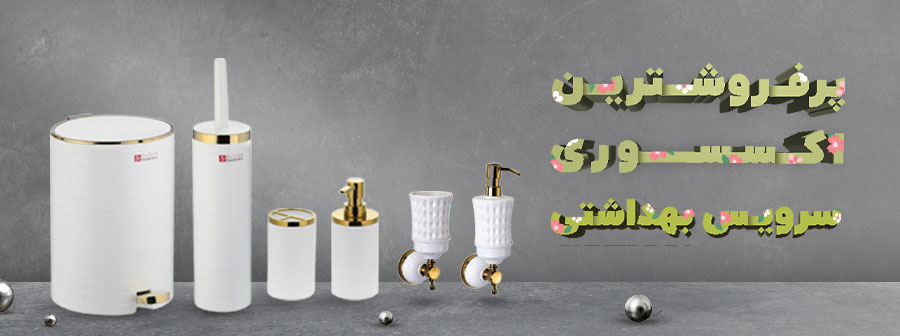
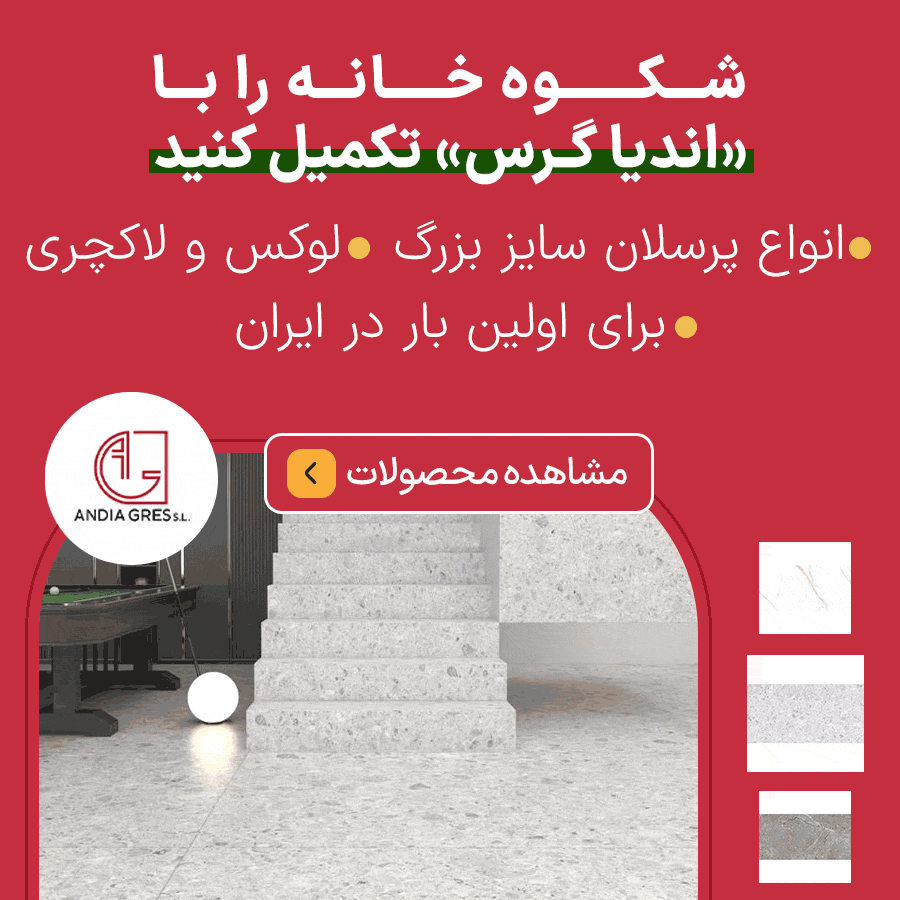
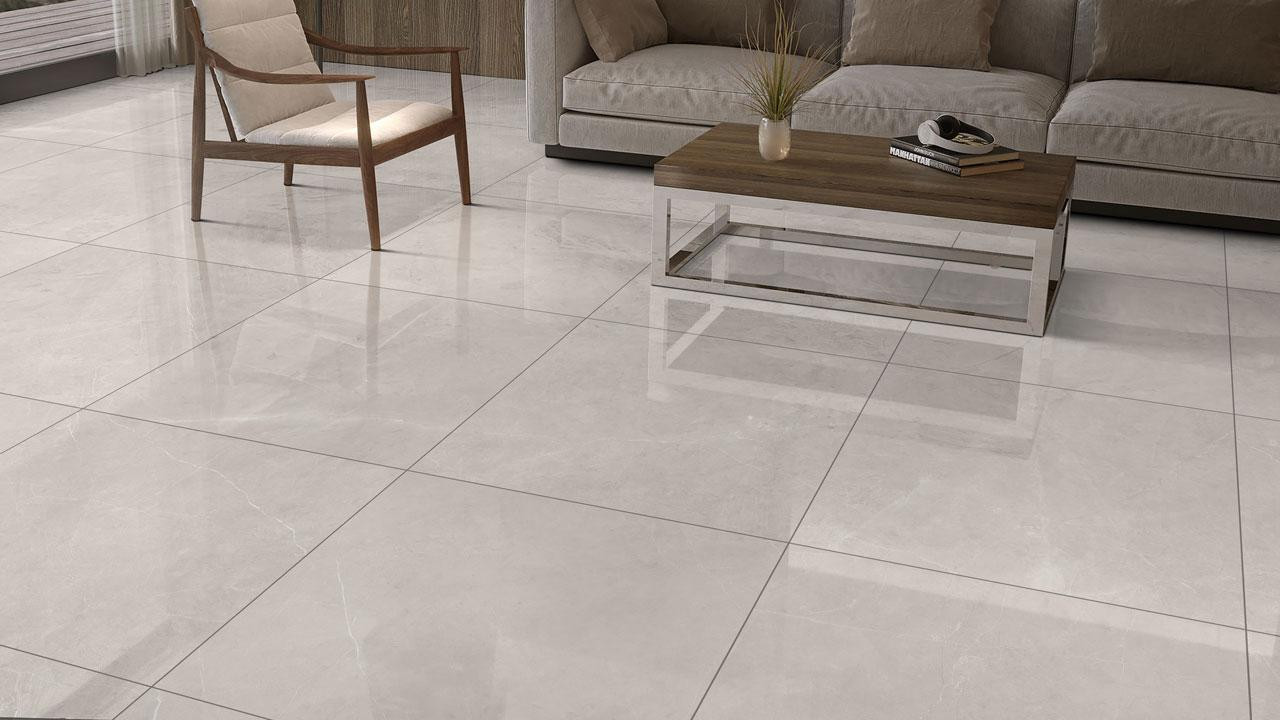
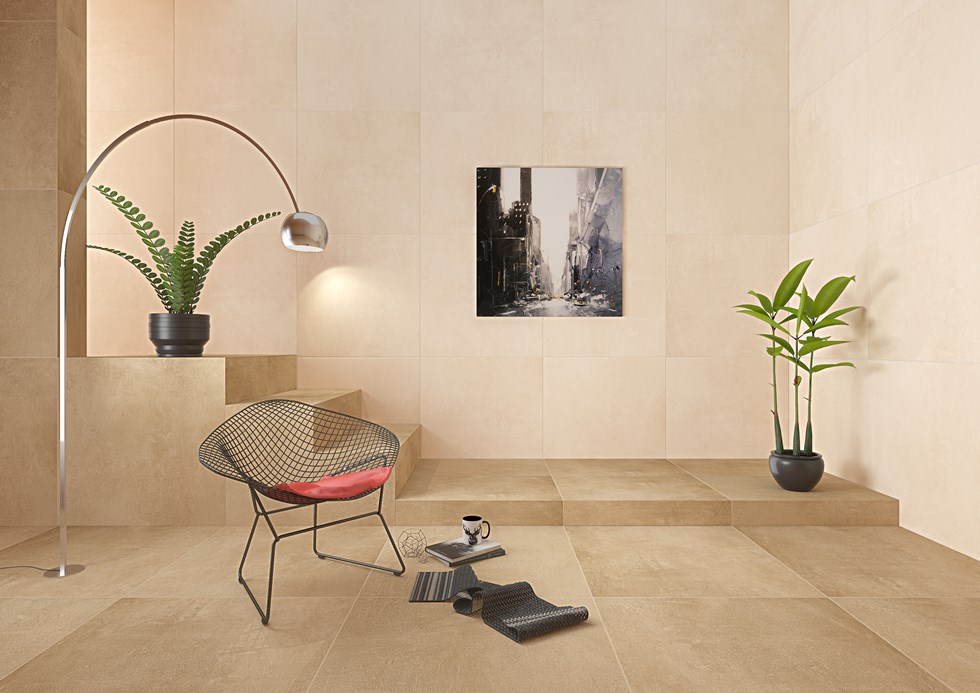

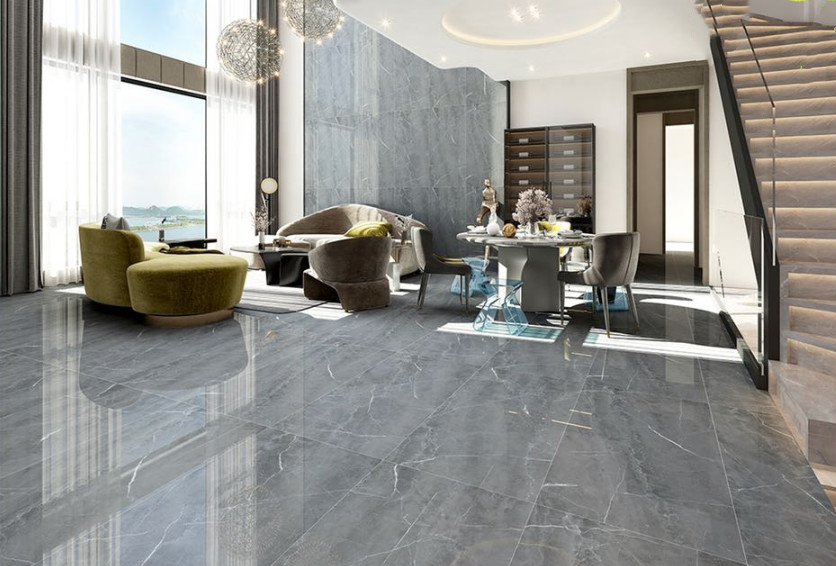
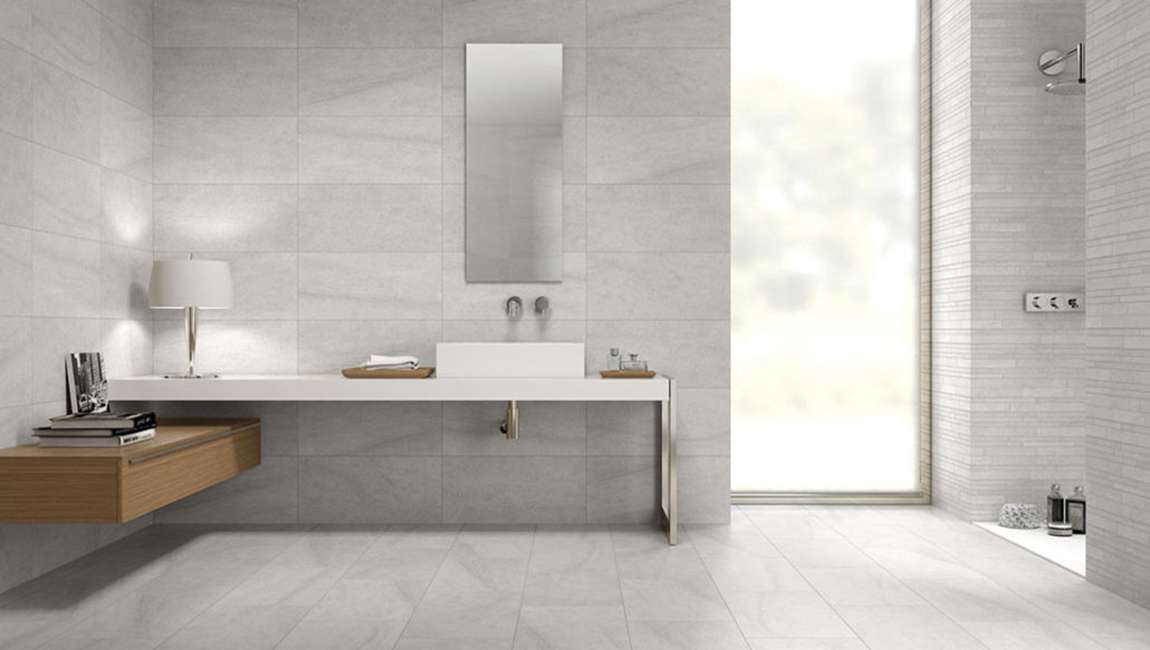
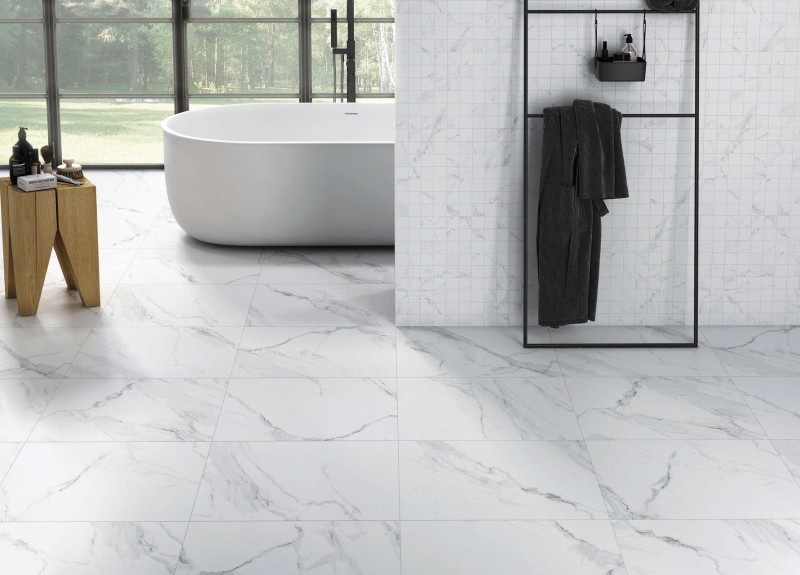
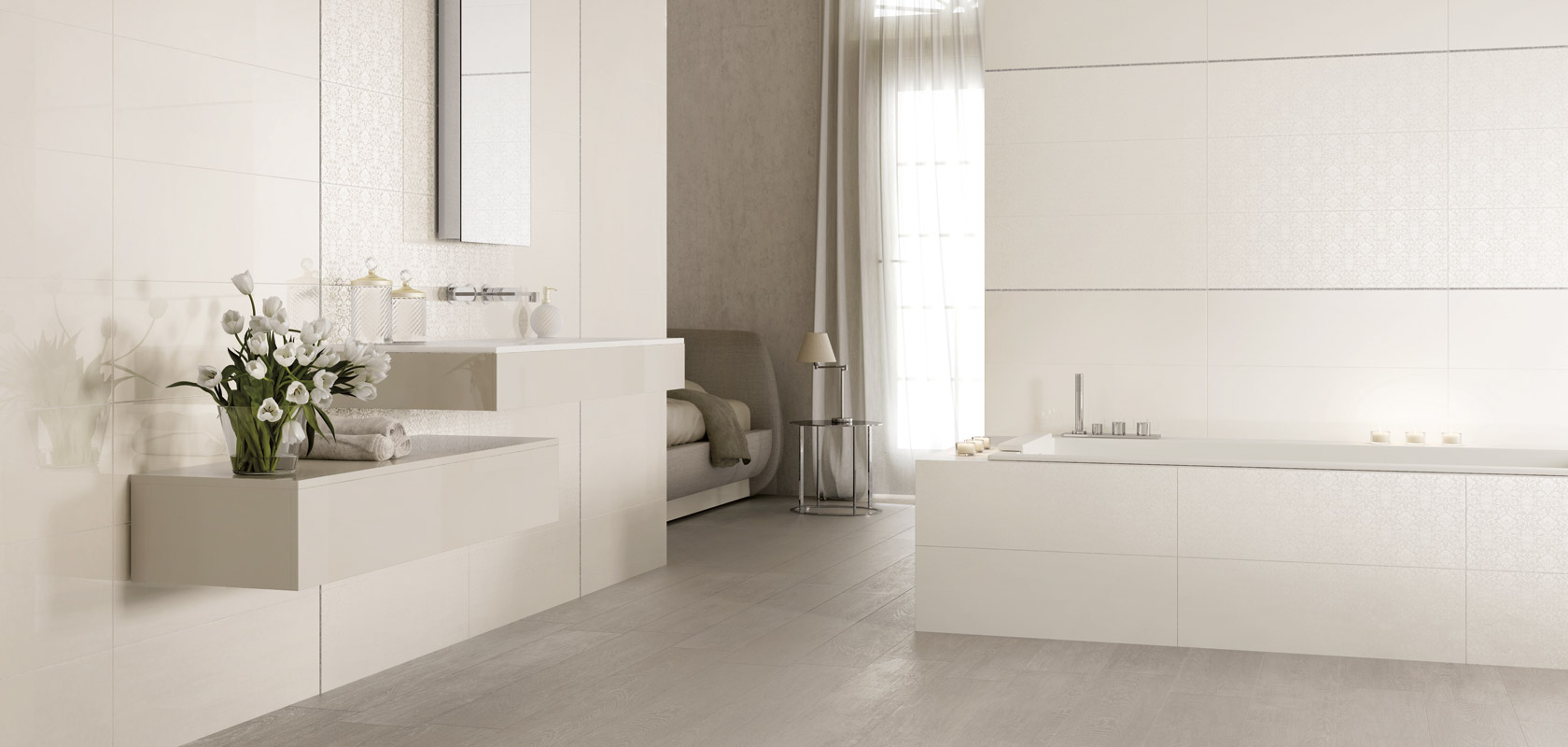
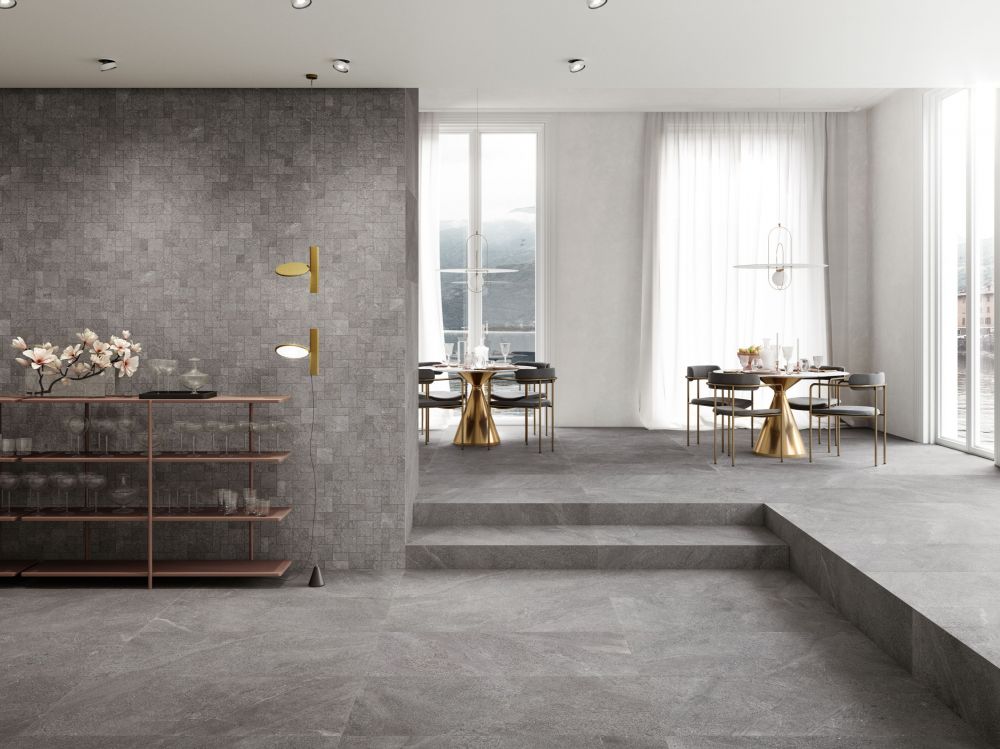
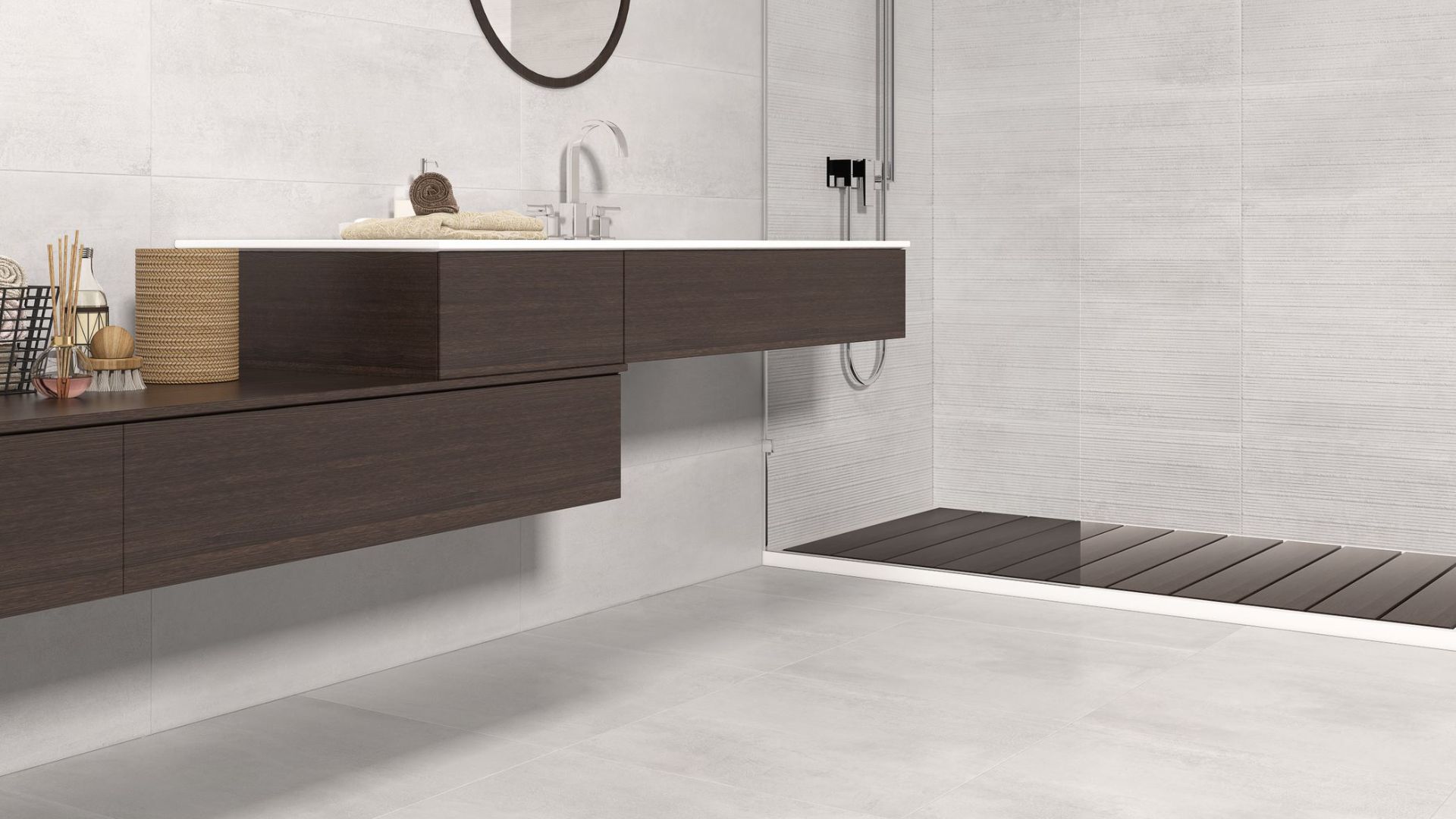

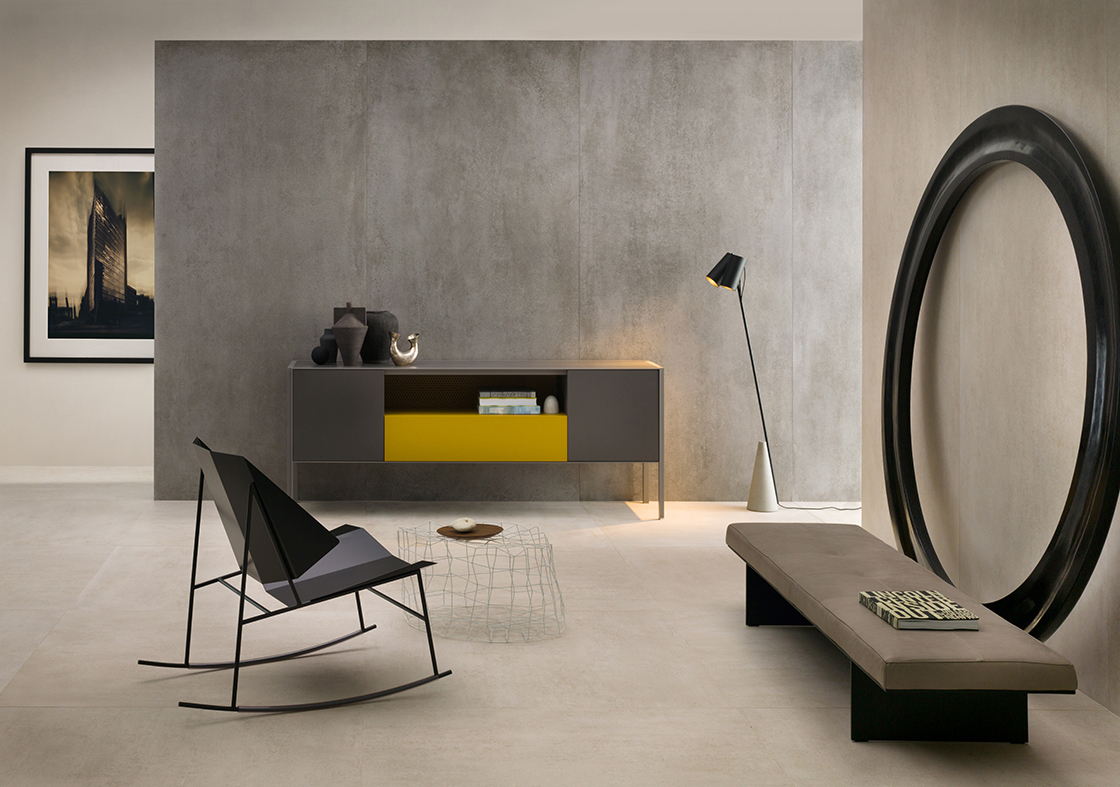
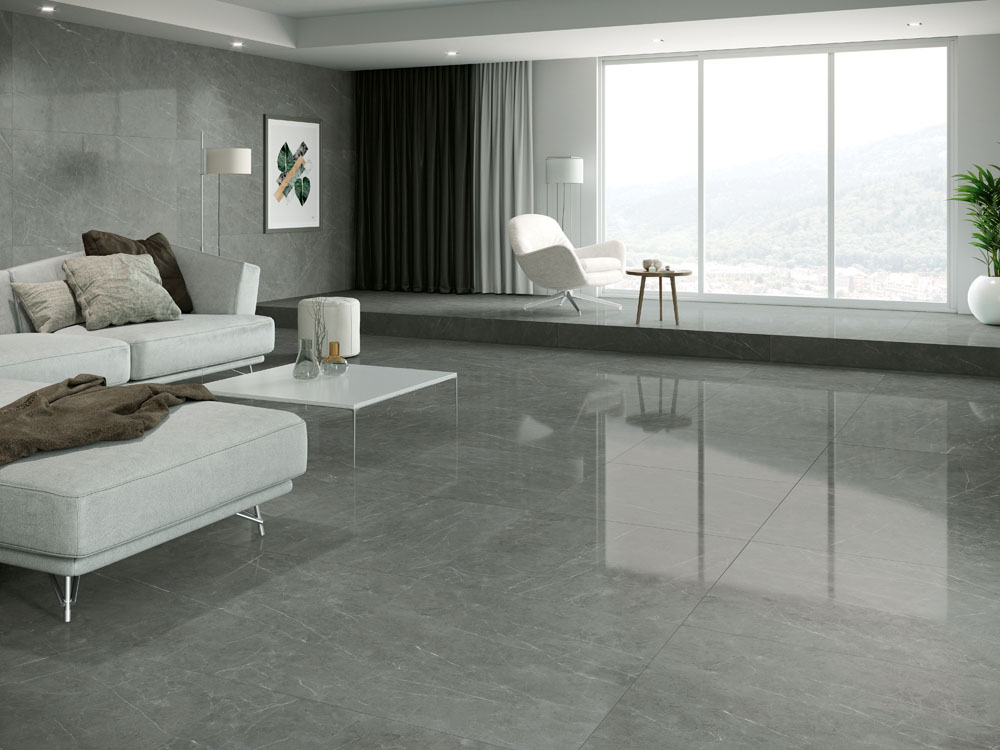
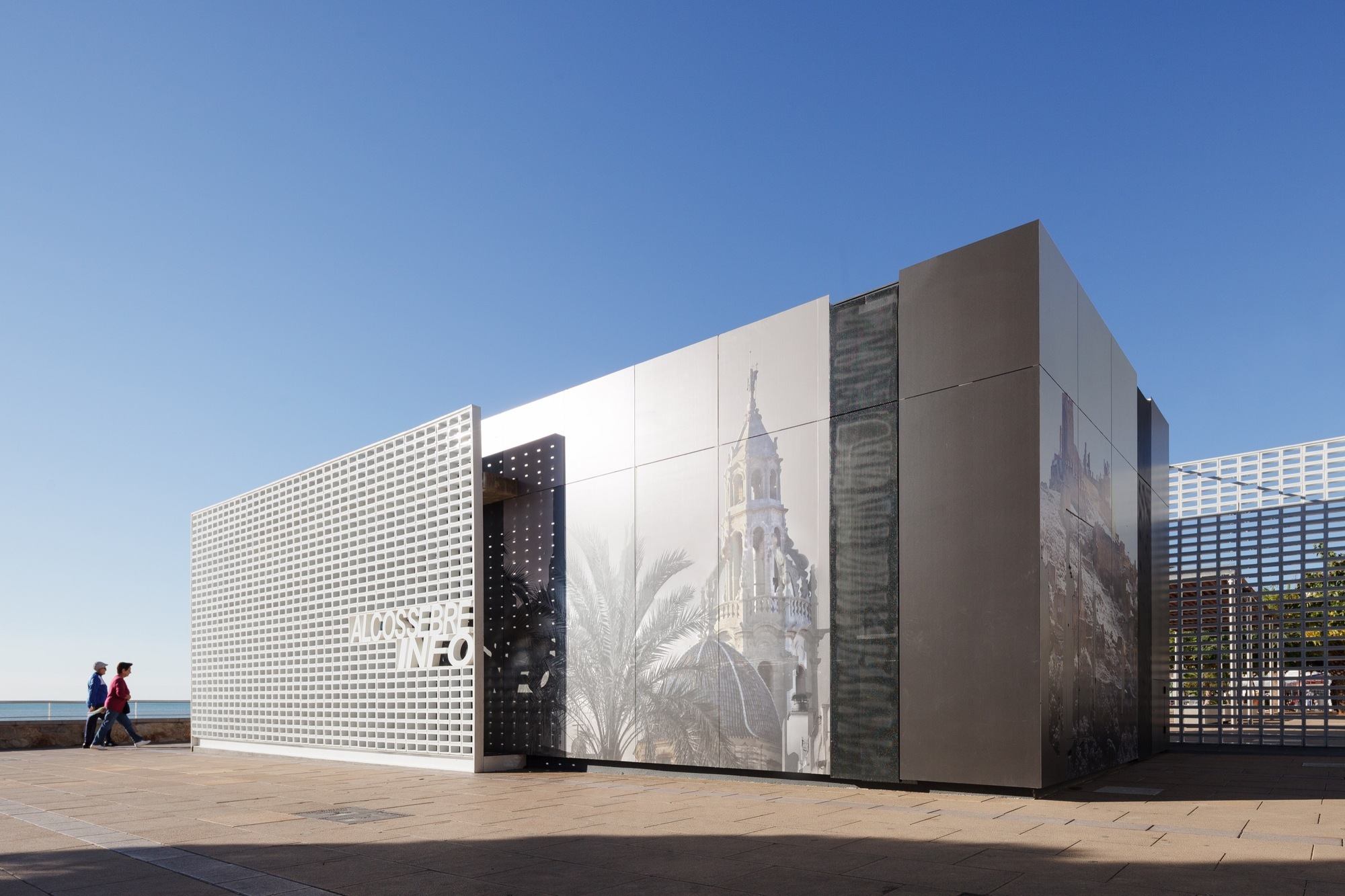
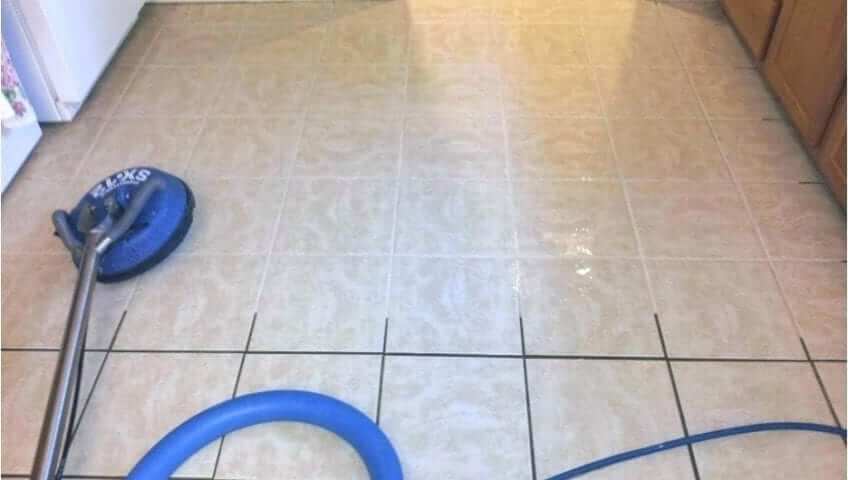
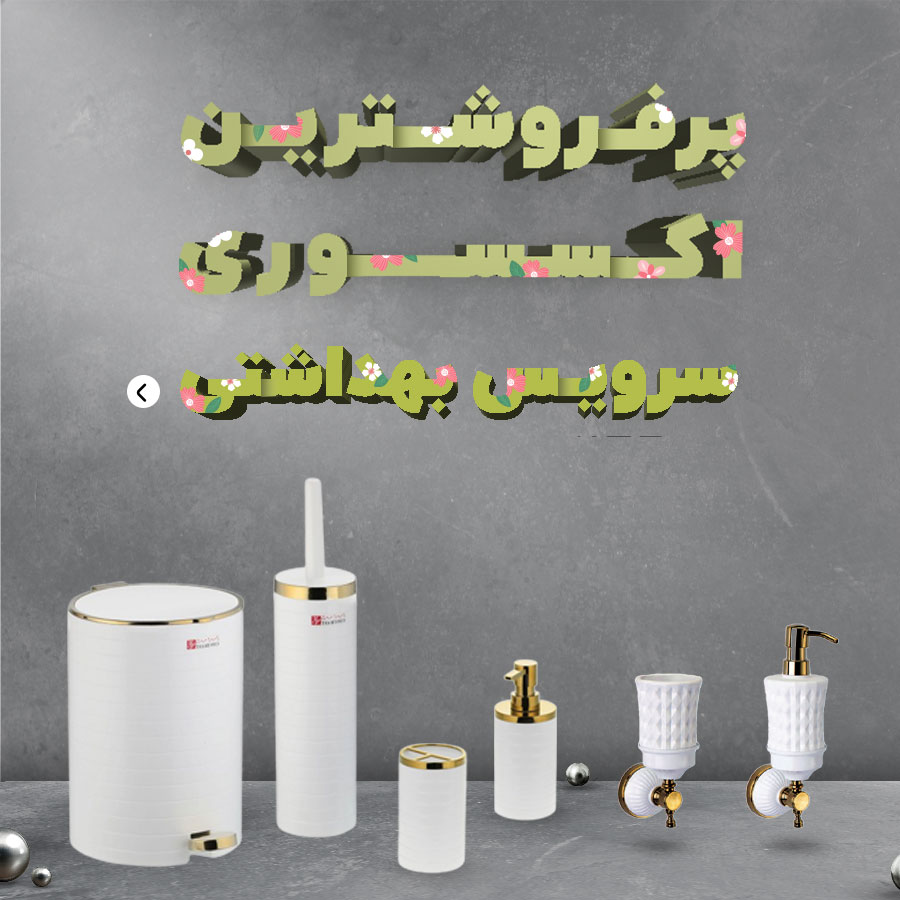

نظرات ۰